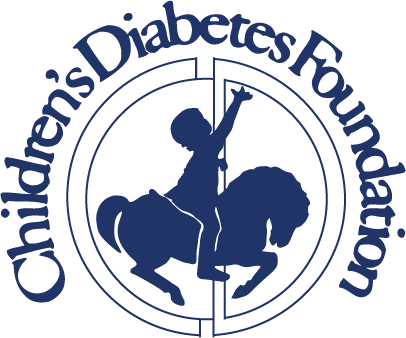Treatments
Treatment options for T1D patients
Managing type 1 diabetes (T1D) requires a comprehensive, and ideally, multi-disciplinary approach involving insulin therapy, glucose monitoring (continuous glucose monitors or finger sticks), lifestyle management, and continuous education. Along with advancements in technology and research, newer treatment options are continuously emerging, offering hope for better management and improved quality of life for individuals with T1D.
What is insulin therapy?
Insulin therapy is the process of replacing the insulin that the pancreas no longer produces. It can be administered through injections or insulin pumps.
There are several types of insulin:
• Rapid-acting insulin (e.g., lispro, aspart, lumjev, Fiasp)
• Short-acting insulin (regular insulin) —rarely used
• Intermediate-acting insulin (NPH) — rarely used
• Long-acting insulin (e.g., glargine, Toujeo (longer-acting glargine), degludec (Tresiba). Insulin detemir (Levemir) was discontinued in December 2024
And insulin may be administered in the following ways:
• Injections: Most people use a combination of long-acting insulin to maintain baseline levels and rapid-acting insulin before meals.
• Insulin Pumps: These devices deliver a continuous infusion of basal insulin and can be adjusted for mealtime doses.
• Most pumps used in the US are now Automatic insulin delivery [AID]/Hybrid Closed-loop [HCL] systems. These systems combine an insulin pump and a continuous glucose monitor (CGM) with advanced algorithms to automate insulin delivery, mimicking a healthy pancreas. Thus, the systems automatically deliver/stop insulin infusion based on sensor glucose values.
What is blood glucose monitoring?
Blood glucose monitoring involves measuring and tracking blood sugar levels in the body and can be done in the following ways:
• Fingerstick Testing: A small sample of blood is taken from the finger and tested with a blood glucose meter. This is less frequently used now with the availability and cost of CGMs.
• Continuous Glucose Monitors (CGMs): These are wearable devices that provide real-time glucose readings and trends, alerting users to high or low blood sugar levels. They have a small sensor inserted under the skin on the arm or abdomen or arm to measure glucose levels. A transmitter connected to this sensor then sends glucose levels to a smartphone app.
Can T1D be managed through lifestyle choices?
There are many ways to manage your type 1 diabetes, but two of the most important are through diet and exercise.
Where can I find get education and support for T1D?
The Children’s Diabetes Foundation is here to provide you the education, tools, resources and support for your type 1 diabetes journey. We have a number of programs to meet you where you are.
- Diabetes Education: Programs that teach skills for daily management of diabetes. Learn more about our programs here.
- Support Groups and Counseling: Emotional and psychological support to handle the challenges of living with diabetes. Learn more about our support group here.
Advanced Treatment Options: (Off-Label)-not approved for T1D
Semaglutide [Ozempic] (GLP-1RA) and Tirzepatide [Mounjaro] (GLP-1RA + GIP)
Currently only approved for use in Type 2 Diabetes, Ozempic, a GLP-1 receptor agonist, and Mounjaro, a GLP-1 receptor agonist + GIP, are being evaluated for their potential benefits in type 1 diabetes. In part, these drugs are prescribed because 2/3rd of the patients with T1D are overweight and/or obese. It can help reduce HbA1c levels and assist with weight management. In addition to glucose control benefits, many clinical trials have shown long term mortality benefits in patients with cardiovascular disease and diabetic kidney disease. Ozempic is currently approved for children ages 10 and older with overweight/obesity and Type 2 Diabetes. Mounjaro is not approved for use in patients under the age of 18.
Teplizumab [Tzield ™]
Approved by the U.S. Food and Drug Administration (FDA) in 2022Tzield is an immune-modulating therapy that targets the part of the immune system responsible for attacking the pancreatic beta cells. By doing so, it helps preserve beta cells, allowing them to keep making insulin for a longer period. This can delay the onset of full-blown type 1 diabetes for 1-2 years and reduce the need for insulin therapy in at-risk individuals.
